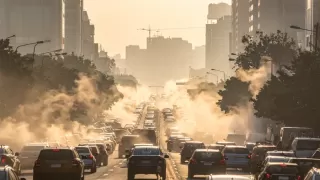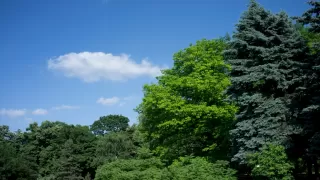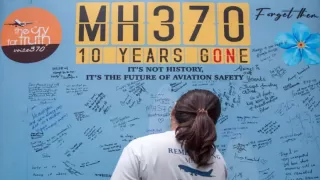When it comes to raw power and devastating capability, few human-made creations rival the force of a nuclear bomb. These weapons are not just military tools; they are symbols of geopolitical tension, scientific achievement, and the sobering consequences of technological advancement. Throughout history, nations have tested increasingly powerful bombs to assert dominance or deter enemies. But only a few have etched their names in history for their mind-boggling yields and world-altering shockwaves.
Top 5 Most Powerful Nuclear Bombs Ever Tested in History
Here is a deep dive into the top 5 most powerful nuclear bombs ever tested, ranked by their explosive yield and historic impact.
| Rank | Nuclear Bomb | Country | Yield (Megatons) | Date Tested | Location |
|---|---|---|---|---|---|
| 1 | Tsar Bomba (RDS-220) | Soviet Union | 57 Mt | Oct 30, 1961 | Novaya Zemlya |
| 2 | Test #219 | Soviet Union | 24.2 Mt | Dec 24, 1962 | Novaya Zemlya |
| 3 | Test #147 | Soviet Union | 21.1 Mt | Aug 5, 1962 | Novaya Zemlya |
| 4 | Test #173 | Soviet Union | 19.1 Mt | Sept 25, 1962 | Novaya Zemlya |
| 5 | Castle Bravo (TX-21) | United States | 15 Mt | March 1, 1954 | Bikini Atoll |
1. Tsar Bomba (RDS-220) – 57 Megatons
- Country: Soviet Union (Russia)
- Date Tested: October 30, 1961
- Location: Novaya Zemlya, Arctic Circle
- Type: Air-drop detonation
Tsar Bomba, also known as 'King of Bombs,' is the most powerful nuclear device ever detonated. Dropped from a modified bomber and parachuted to allow the aircraft time to escape, this 57-megaton hydrogen bomb produced a mushroom cloud over 60 kilometres high. Its shockwave circled the globe multiple times and shattered windows over 900 kilometres away. Originally designed to yield 100 megatons, it was scaled down to reduce nuclear fallout. Even at half-capacity, it was 3,800 times more powerful than the bomb dropped on Hiroshima.
2. Test #219 – 24.2 Megatons
- Country: Soviet Union
- Date Tested: December 24, 1962
- Location: Novaya Zemlya
- Type: Atmospheric
Test #219 came just a year after the Tsar Bomba and was another move by the USSR to demonstrate its nuclear capabilities. With a yield of 24.2 megatons, it remains the second-largest nuclear detonation in history. Conducted in the atmosphere, this explosion caused significant radioactive fallout, contributing to international pressure to cease above-ground nuclear testing.
3. Test #147 – 21.1 Megatons
- Country: Soviet Union
- Date Tested: August 5, 1962
- Location: Novaya Zemlya
- Type: Atmospheric
Test #147 was another Soviet show of strength, detonated just weeks before the Cuban Missile Crisis. With a yield surpassing 21 megatons, it underscored the USSR’s commitment to developing ultra-high-yield thermonuclear weapons. The environmental and geological impacts of these tests still echo today.
4. Test #173 – 19.1 Megatons
- Country: Soviet Union
- Date Tested: September 25, 1962
- Location: Novaya Zemlya
- Type: Atmospheric
Test #173 continued the rapid-fire sequence of massive nuclear tests in 1962. Coming just two months after Test #147 and three months before Test #219, this detonation was part of a military escalation that reached its peak during the Cold War's most dangerous year.
5. Castle Bravo (TX-21) – 15 Megatons
- Country: United States
- Date Tested: March 1, 1954
- Location: Bikini Atoll, Marshall Islands
- Type: Surface
Castle Bravo holds the record for the largest nuclear test ever conducted by the United States. Initially expected to yield 6 megatons, a design miscalculation caused it to explode with 15 megatons. The result was catastrophic: widespread radioactive contamination across the Pacific, including severe exposure to island residents and Japanese fishermen. Castle Bravo sparked international outrage and fueled global anti-nuclear movements.
These massive detonations were not just scientific experiments; they were strategic signals during one of the most volatile periods in global politics. Their legacies are double-edged: they represent unmatched technological prowess and serve as stark reminders of humanity's capacity for destruction.
Also Read: Green Card Delay or Progress? March 2025 Visa Bulletin




























